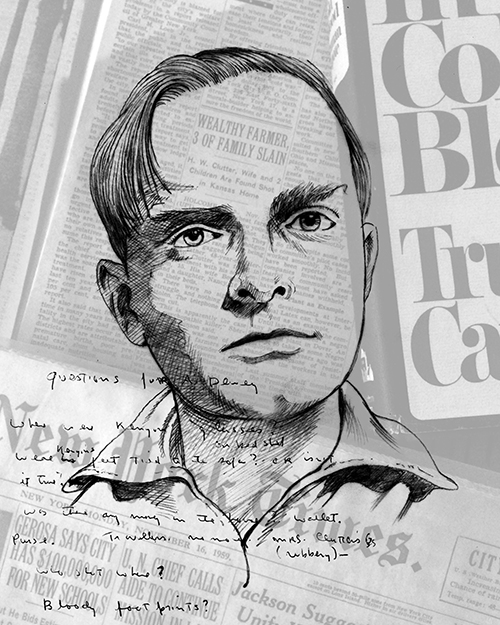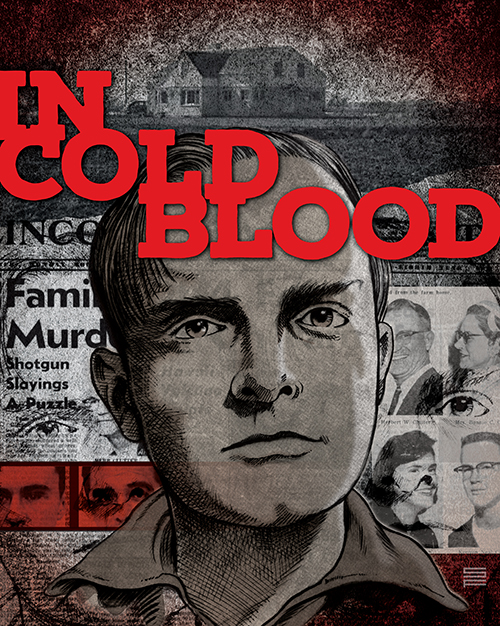


TRUMAN CAPOTE
(1924-1984)
Truman Capote was born September 30, 1924, in New Orleans. After his parents’ divorce, he was sent to live with relatives in Monroeville, Alabama. It was here he would meet his lifelong friend, the author Harper Lee. Capote rose to international prominence in 1948 with the publication of his debut novel, Other Voices, Other Rooms.
In the 1950s and 60s, Capote continued writing both fiction and non-fiction including Breakfast at Tiffany’s: A Short Novel and Three Stories (1958). His most popular work, In Cold Blood, a story about the brutal murder of the Clutter family in Holcomb, Kansas, was published in 1966 by Random House and considered by some to be the original non-fiction novel. It became a worldwide success and brought Capote much praise from the literary community.
He never wrote another novel. Now more famous than ever, Capote wrote only occasional brief articles for magazines, and spent more energy entrenching himself in the world of the jet set. Gore Vidal once observed, “Truman Capote has tried, with some success, to get into a world that I have tried, with some success, to get out of.”
Suffering from alcohol addiction, Capote died in 1984 at age 59.
“Capote’s writing captures the isolation, marginalization, and persecution of those who deviated from or failed to achieve white middle-class ideals and highlights the artificiality of mainstream idealizations about American culture. His work reveals the deleterious consequences of nostalgia, the insidious impact of suppression, the dangers of Cold War propaganda, and the importance of equal rights. Ultimately Capote’s writing reflects a critical engagement with American culture that challenges us to rethink our understanding of the 1940s and 1950s.”
“Understanding Truman Capote”
Thomas Fahy
Capote recalled his years in Kansas during his work on In Cold Blood:
“I spent four years on and off in that part of Western Kansas during the research for the book and then the film. What was it like? It was very lonely. And difficult. Although I made a lot of friends there. I had to, otherwise I never could have researched the book properly. The reason was I wanted to make an experiment in journalistic writing, and I was looking for a subject that would have sufficient proportions. I’d already done a great deal of narrative journalistic writing in this experimental vein in the 1950s for The New Yorker … But I was looking for something very special that would give me a lot of scope. And one day I was gleaning The New York Times, and way on the back page I saw this very small item. And it just said, ‘Wealthy Farmer, 3 of Family Slain’.”
